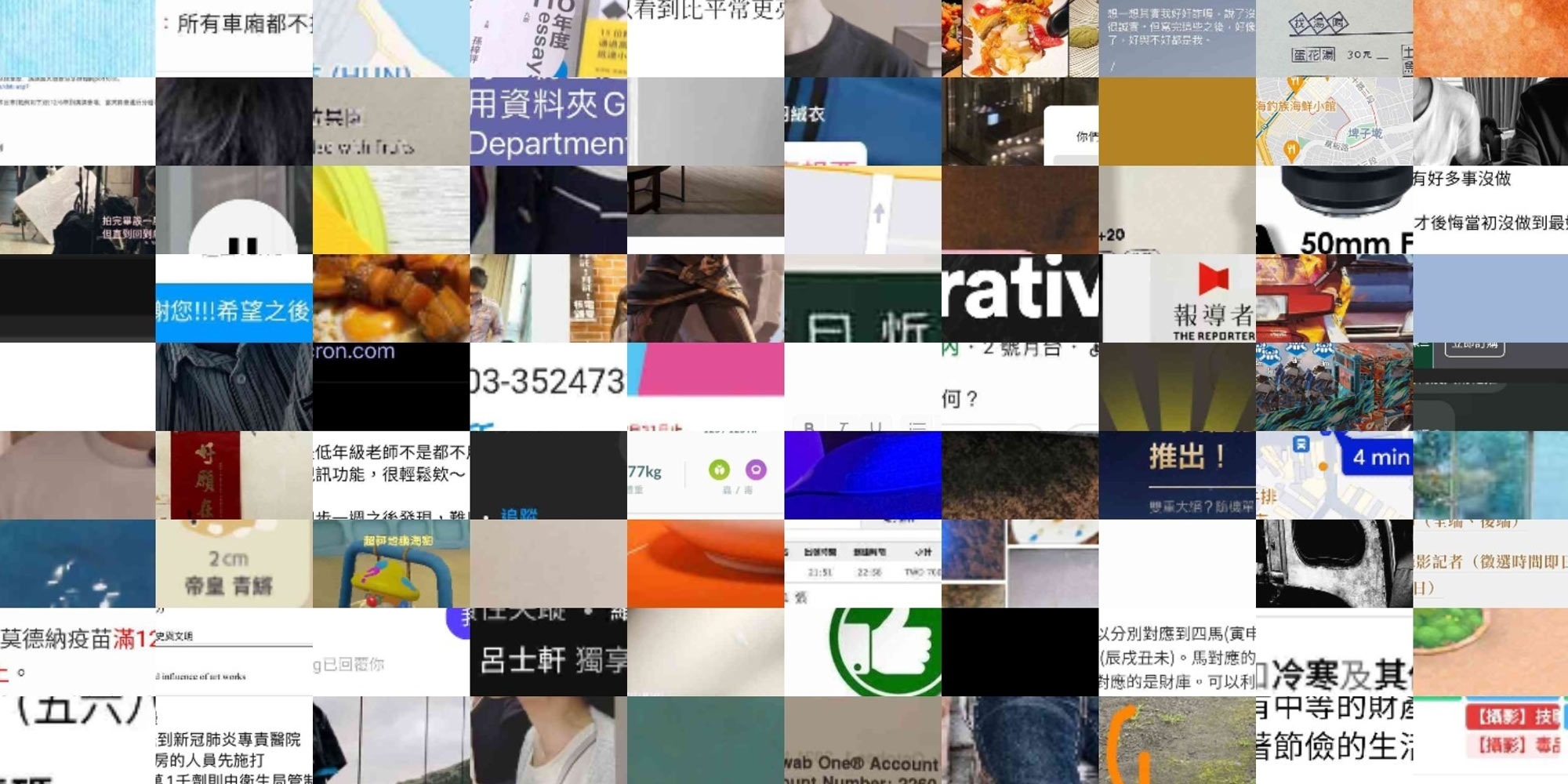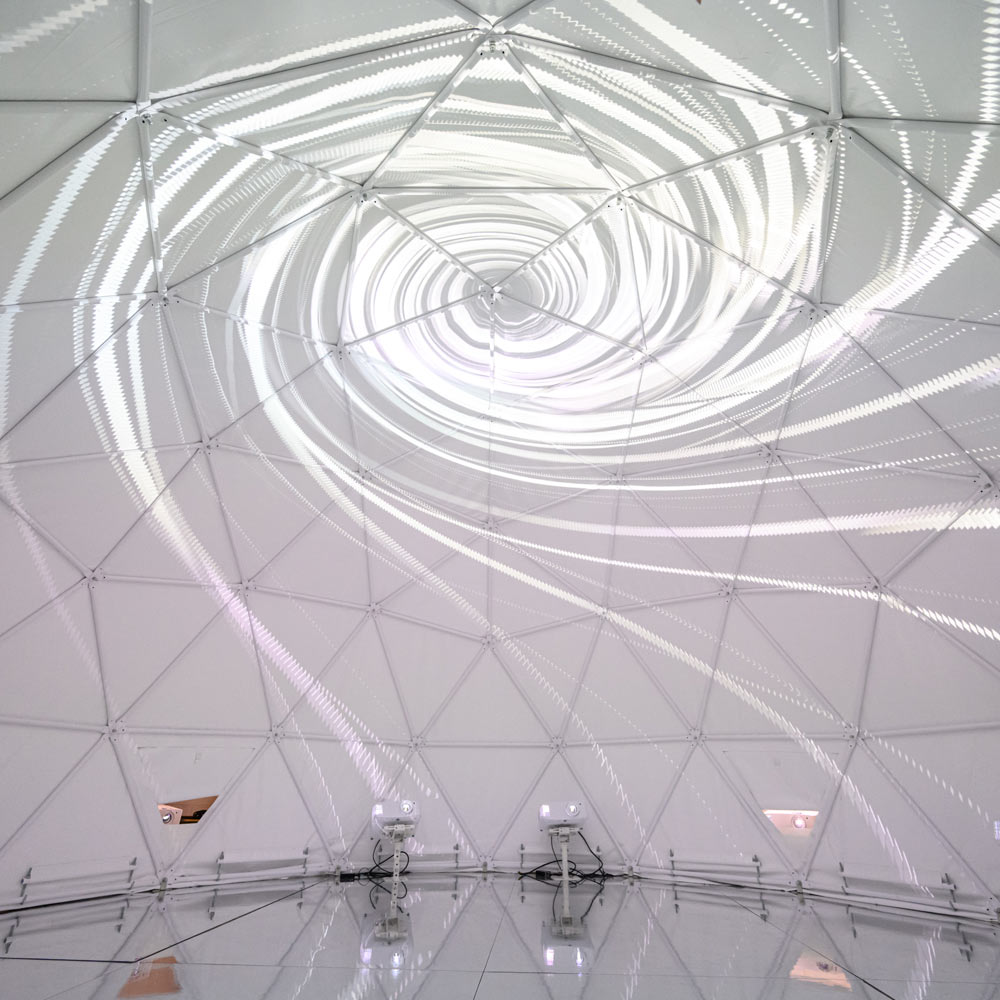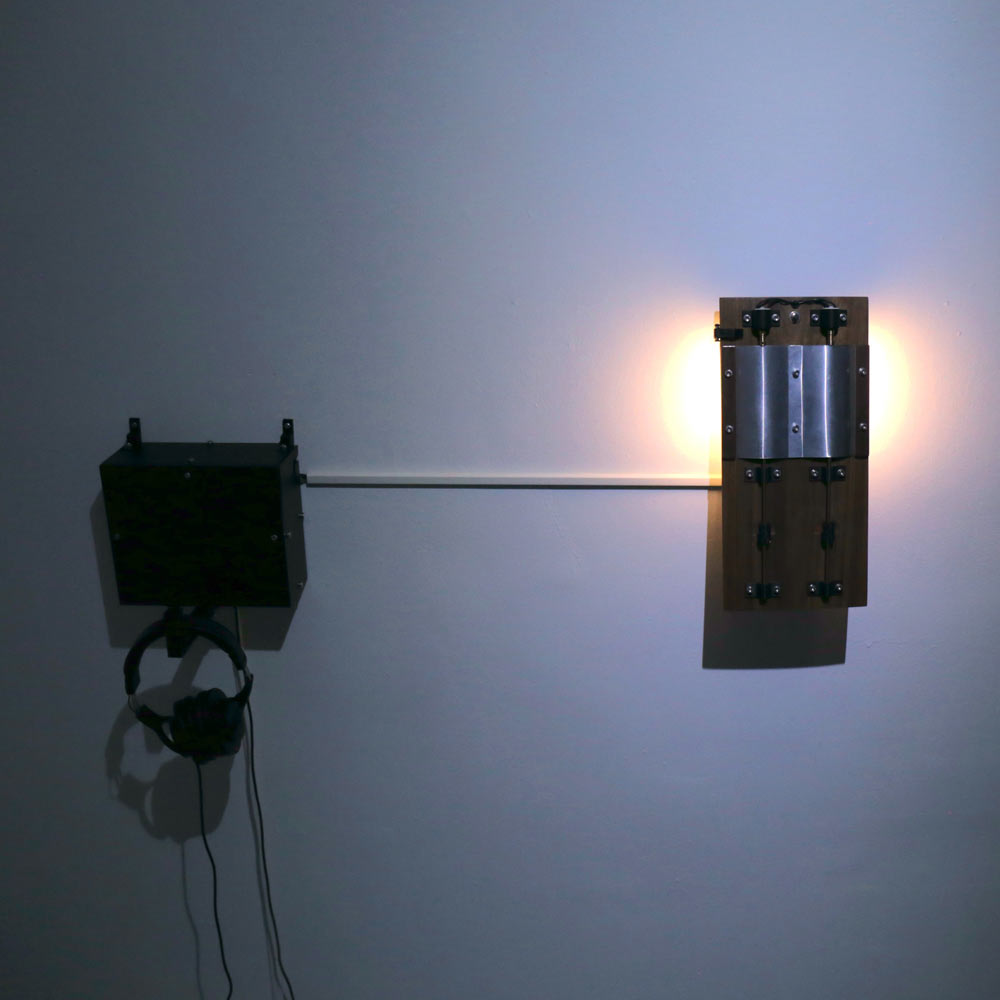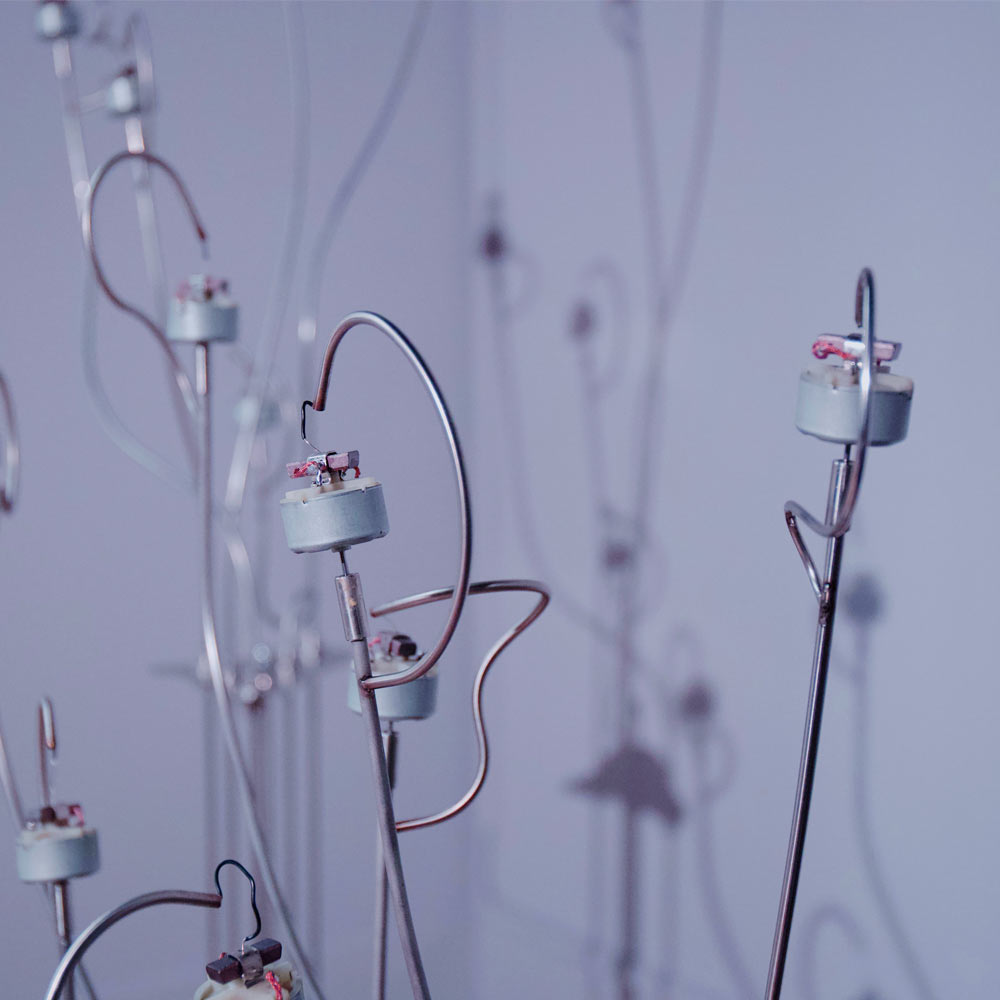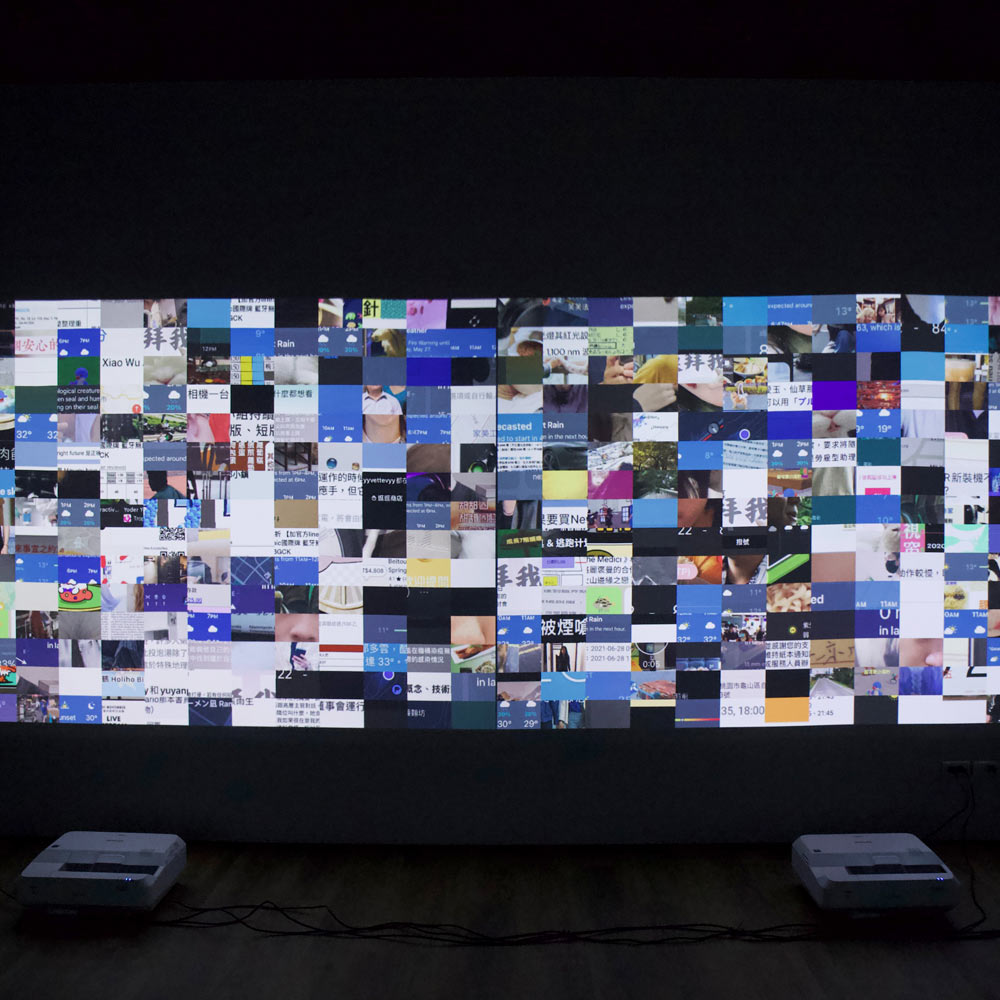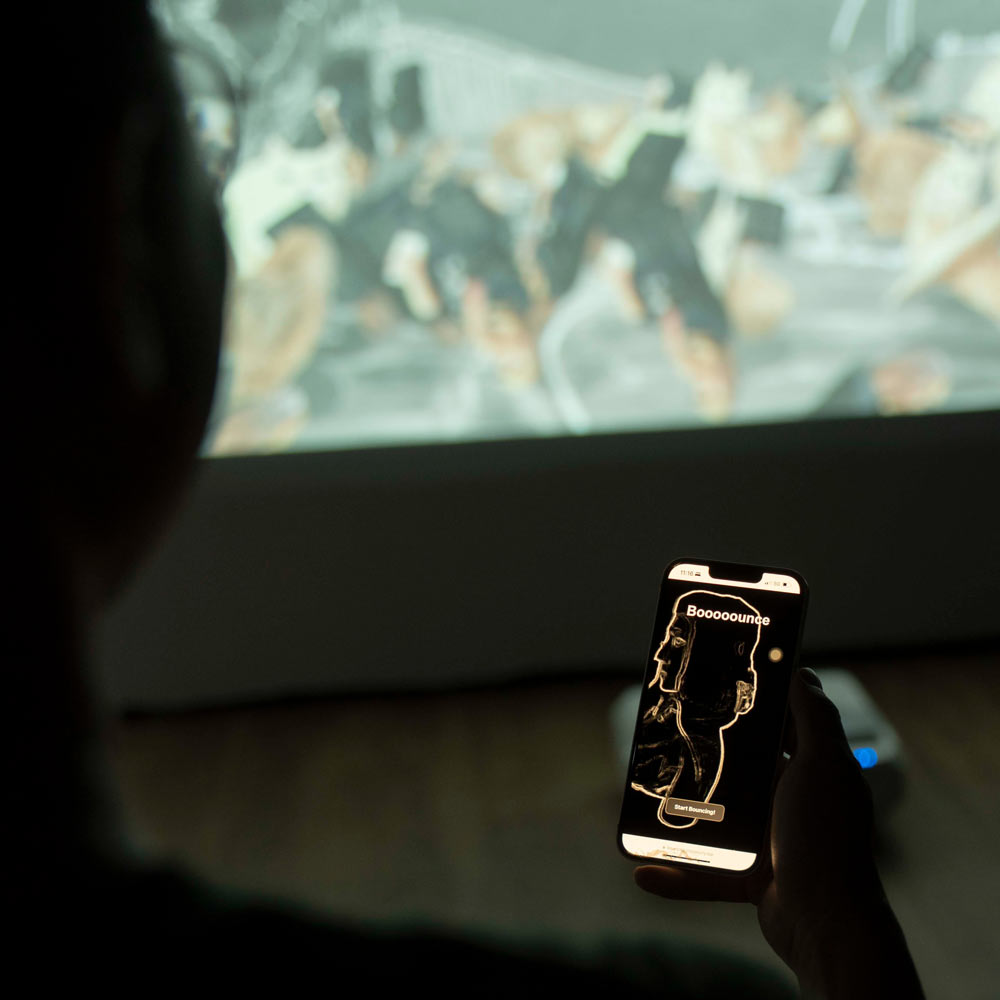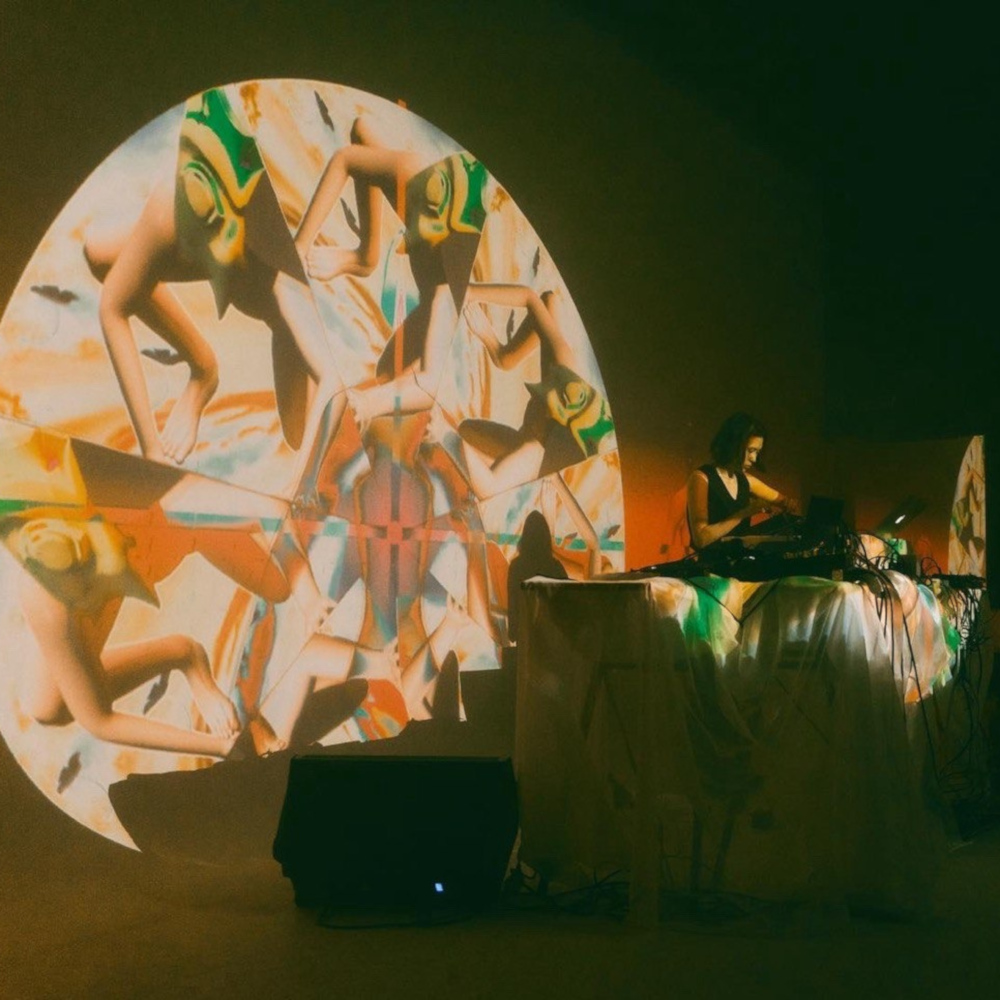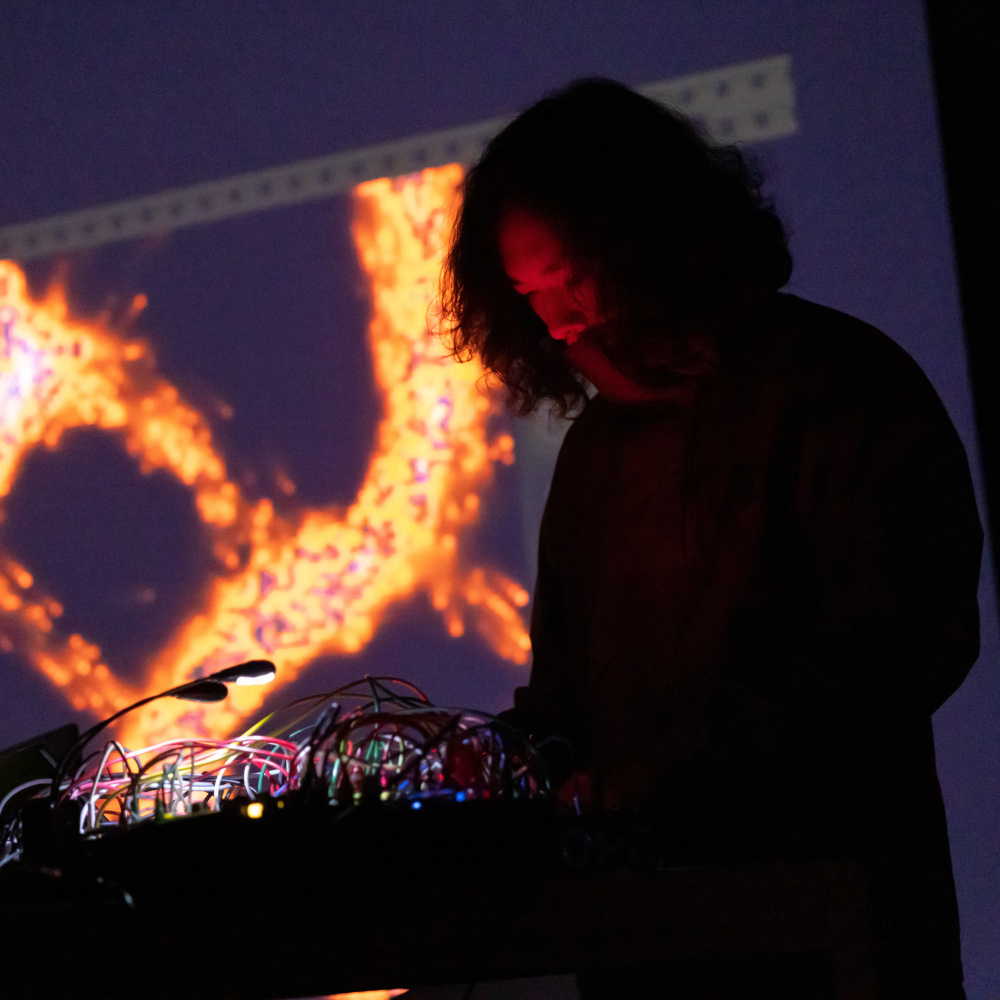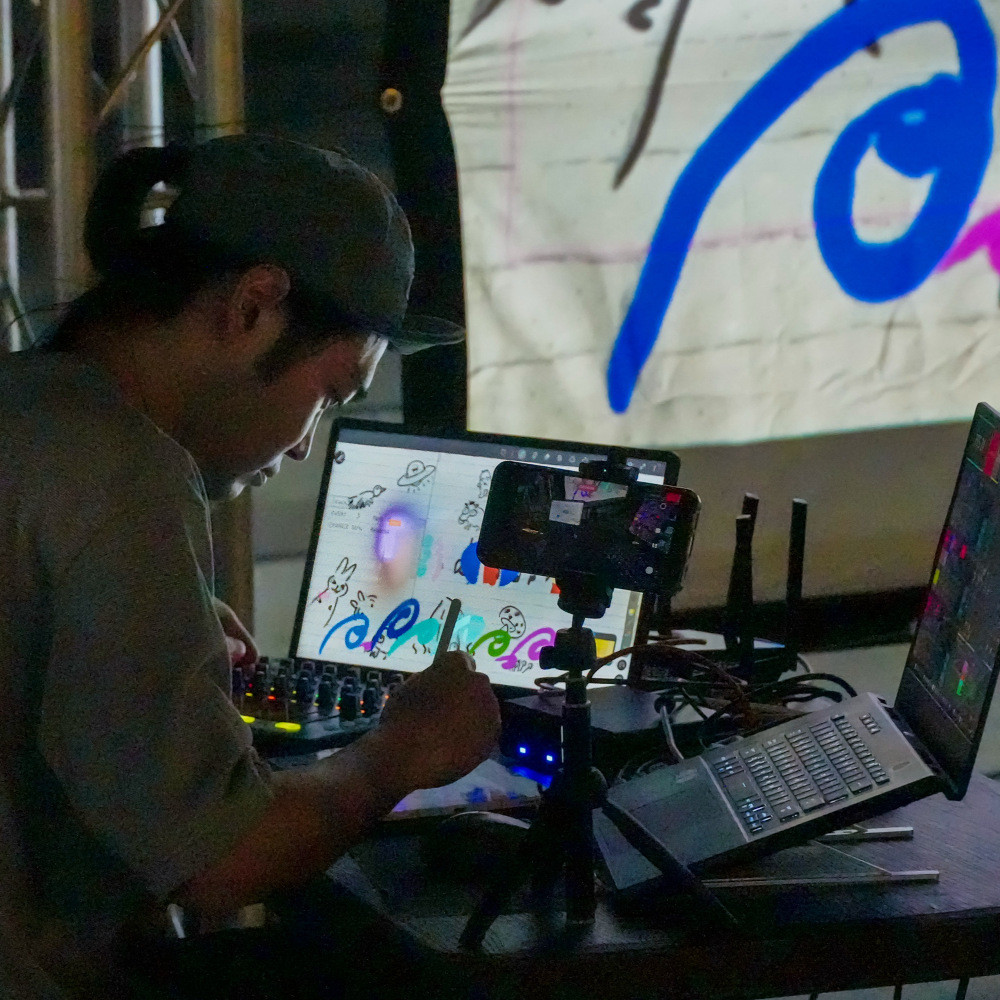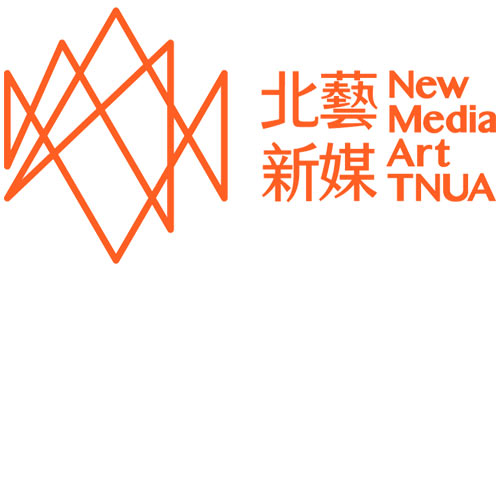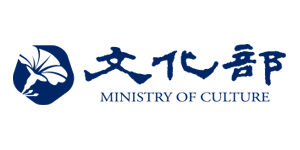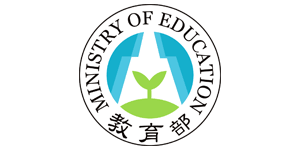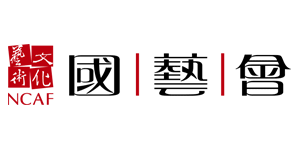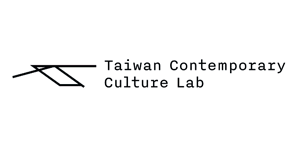In einer von Medientechnologien durchdrungenen Welt ist Wahrnehmung nicht mehr unmittelbar, sondern wird moduliert, codiert und über computergestützte Systeme umgeleitet. Schnittstellen, Sensoren und KI-gesteuerte Infrastrukturen schaffen ein neues Wahrnehmungsregime, in dem Raum, Zeit und Beziehungen von Informations-, Signal- und Datenflüssen bestimmt werden. Medienmaschinen wirken nicht als bloße Darstellungswerkzeuge, sondern als Codierer der Wahrnehmung: Sie steuern Verzögerung, Resonanz und Vibration, um das Erleben selbst neu zu programmieren. So öffnen sie Türen zu maschinellem Sehen und Kontrolle.
Echoes Toward the Stargate verfolgt die Kreisläufe von Signalrückkehr, Wahrnehmungsneuordnung und dimensionalem Übergang. Künstler*innen nutzen Klang, Projektion, mechanische Systeme und algorithmische Prozesse, um Schwellenarchitekturen zu schaffen – Räume, die zwischen Materiellem und Virtuellem, Menschlichem und Nicht-Menschlichem schweben. Diese Werke bilden Rückkopplungszonen, in denen verzerrte Signale und instabile Informationen zirkulieren und so neue Muster von Bedeutung und Gefühl entstehen lassen.
Verankert in Taiwan – einem Ort, geprägt von Informationsinfrastrukturen des Kalten Krieges und heute zentral für globale Halbleiter- und KI-Netzwerke – versteht die Ausstellung das „Stargate“ nicht als Metapher, sondern als Schnittstelle: ein Zusammenfluss von Wahrnehmung, Macht und maschinellem Gedächtnis. Jeder Echo öffnet ein Portal – zu verborgenen Strukturen, veränderten Zuständen und möglichen Zukünften.

